4 Steps to Help You Notice and “Take in the Good”
Posted on October 30, 2018 by Al Zipperle
Soon after I listened to Dr Rick Hanson’s audiobook, The Enlightened Brain*, I had the delightful pleasure of meeting him in person at a mindfulness conference where we were both speaking. Rick is a thought leader in the field of mindfulness and a #1 NY Times Best Selling author. He is also a warm and generous man. When I met him I could definitely tell that he practices mindfulness. I was thrilled when he wrote a glowing review of my book Mindfulness for Kids with ADHD.
One of the mindfulness skills Rick teaches is to practice taking in the good. So often, we focus on all the things that aren’t what we want, all the stressors, all the lack, and all the negative events, pain, people and experiences in our lives.
As it turns out our brains are wired to focus on the negative to keep us safe. Yikes! So it takes a bit of effort to set our intention to focus on the good and lots of practice taking in the good before we become skilled at it. Doing so will change the brain for the better. And with practice it will get easier.
Here are four steps you can use to practice taking in the good in your life. (Hanson, 2014)
1. Take in the good. Look for the good over and over again each day. Good is always all around us whether we notice it or not. Notice it. Pay attention to it. Set your intention at the beginning of the day to notice many good things as you go through the day. Some good things to take in are your body sensations, positive emotions, other viewpoints and insights, behaviors and actions of others, people, events, the beauty of nature, tastes, smells, sounds, physical touch, and humor.
When you notice something negative, change the channel in your mind to something that is more positive. And when you become aware of something negative, look for the positive that is buried within it. Do this 10-20 times per day.
2. Savor the good. So often when something good happens we tend to skip right over it and move our attention to something negative. Stop. Steep your mind in the good you noticed until it gets stored inside you as a good experience. Much like steeping a tea bag, you must stay focused on it for at least 20-30 seconds in a row to let it seep into your brain, experience and memory.
Close your eyes and pay attention to everything you notice about the good thing. Notice how you feel when you do this. Remember, your brain takes the shape of what you rest your mind on. So be mindful to rest your mind on positive experiences, people and things.
3. Let the good soak in. Prime your memory system by sensing the good and intending that the positive experience is soaking in. Don’t take the tea bag out of the cup too soon. Give it time to steep so the positive experience has time to soak in. Imagine it slowly seeping into your brain, your senses and your memory. Enjoy the process.
4. Remember the good. Reinforce the good by deliberately remembering it. At the end of the day write down at least ten positive things you noticed during the day. Include how you felt when you noticed them and how you feel now while you are remembering them.
Here are more articles that help you practice taking in the good.
https://thebrainlady.com/articles/wayne-dyer-taught-me-these-skills/
https://thebrainlady.com/articles/stop-watching-the-worry-channel/
https://thebrainlady.com/articles/what-are-you-practicing-stress-anxiety-or-contentment/
Please leave a comment and list some of the good things you noticed and how you felt when you noticed them.
* Hanson, Rick. (2014). The Enlightened Brain. The neuroscience of awakening. Sounds True. Louisville, CO.
I would love to hear your personal experiences with this topic.
Categories: Anxiety, Articles, Business/Workplace, Chronic Illness, Depression, Fear, Mindfulness, Mindfulness for Health, Pain, Self Regulation, Stress, Training
Tags: anxiety, depression, Feel better without medication, How to feel happier, Letting in the good, Mindfulness, Mindfulness of thoughts, Mindfulness Skills, pain, stress

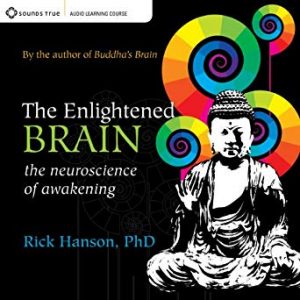
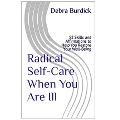

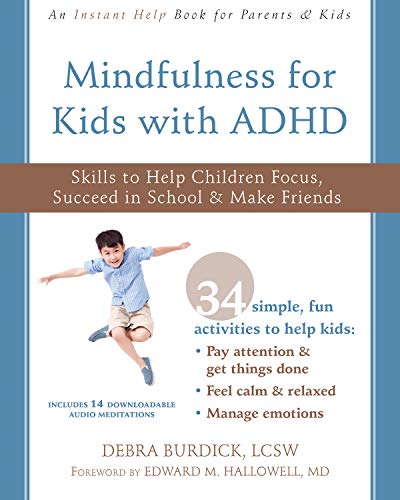
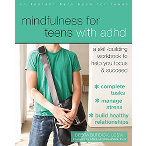
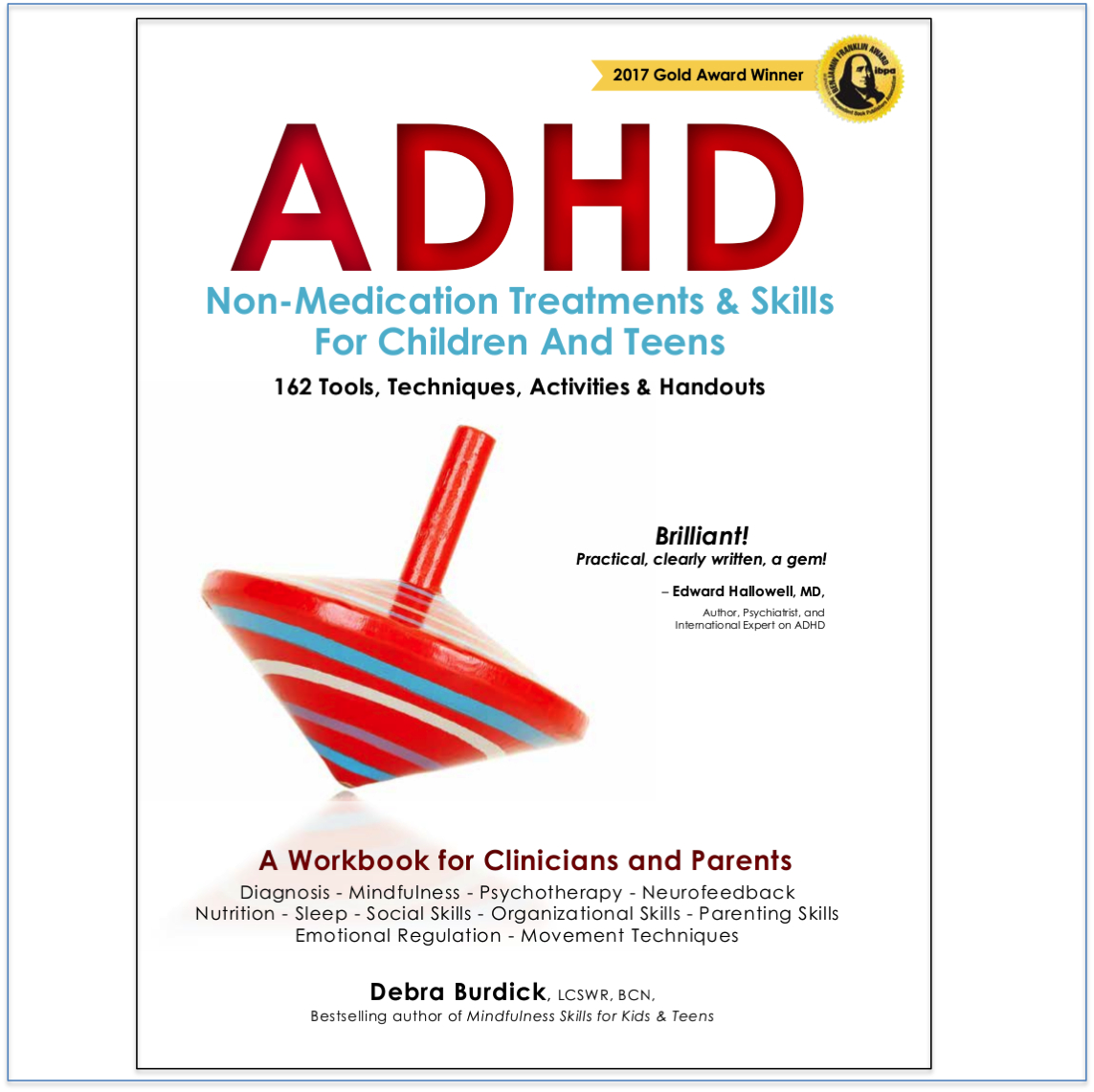
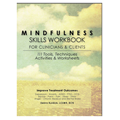
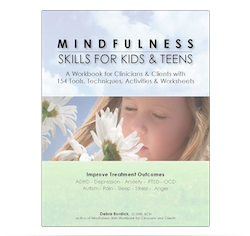
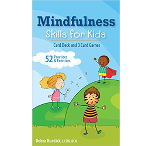
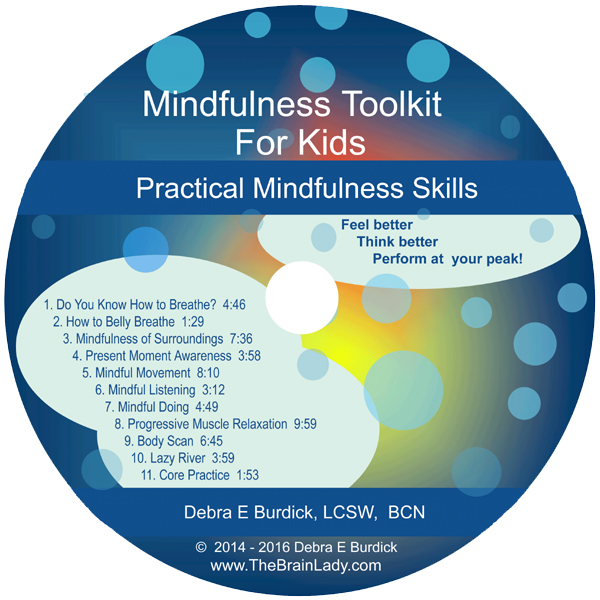
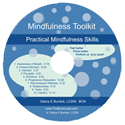
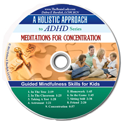
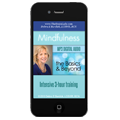
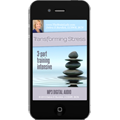
2 comments
Hello. It sounds as though you are onto a very upbeat and restorative method. Good luck with all your plans and your books.
Karin (Lord) Thompson
Thanks, Karin!
Warmly,
Deb
The comments are closed.